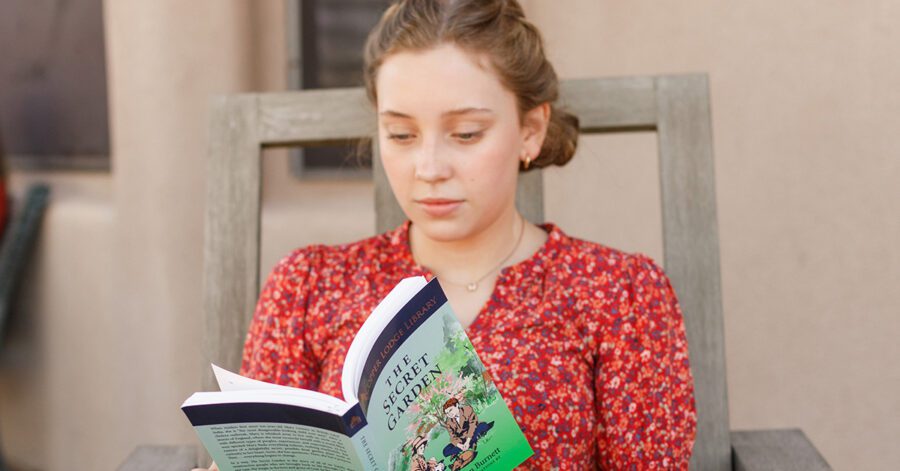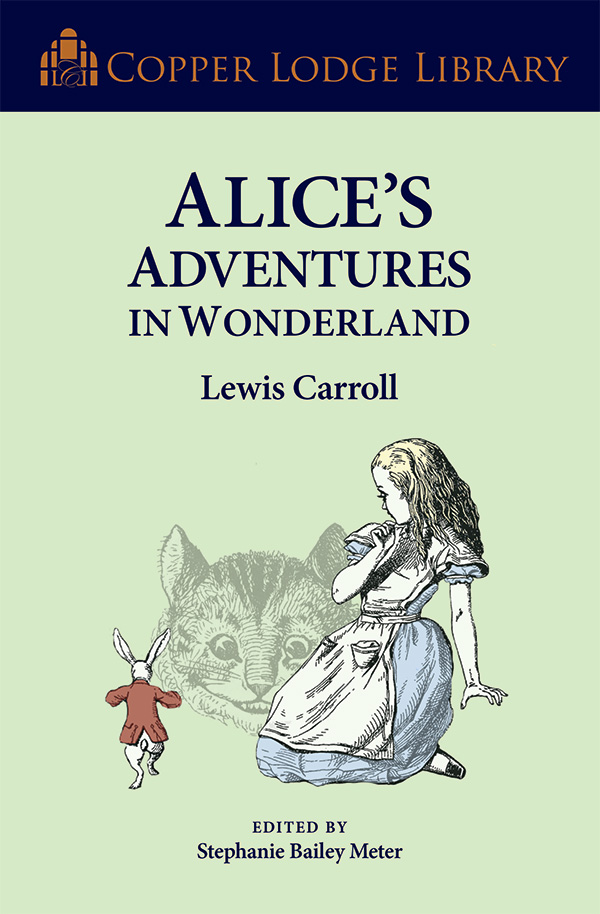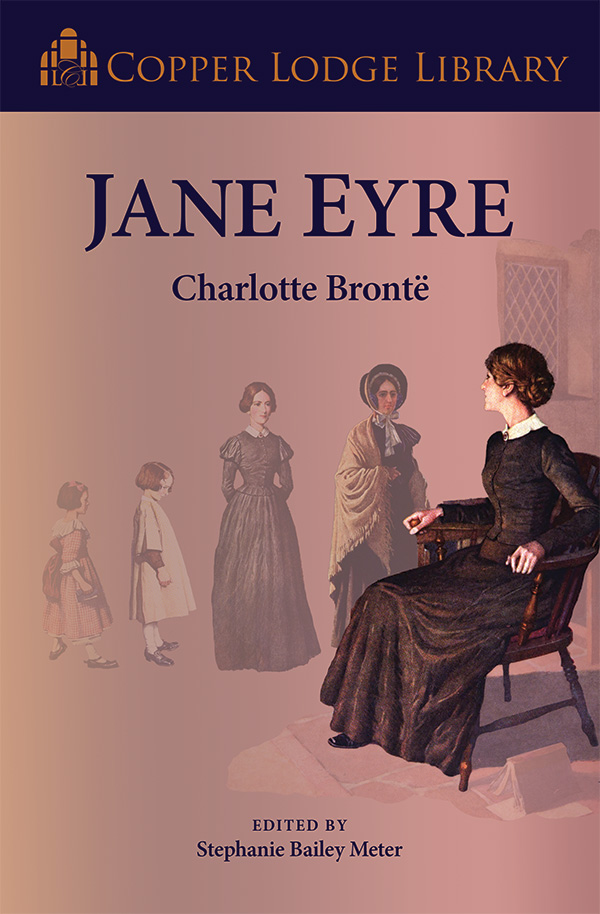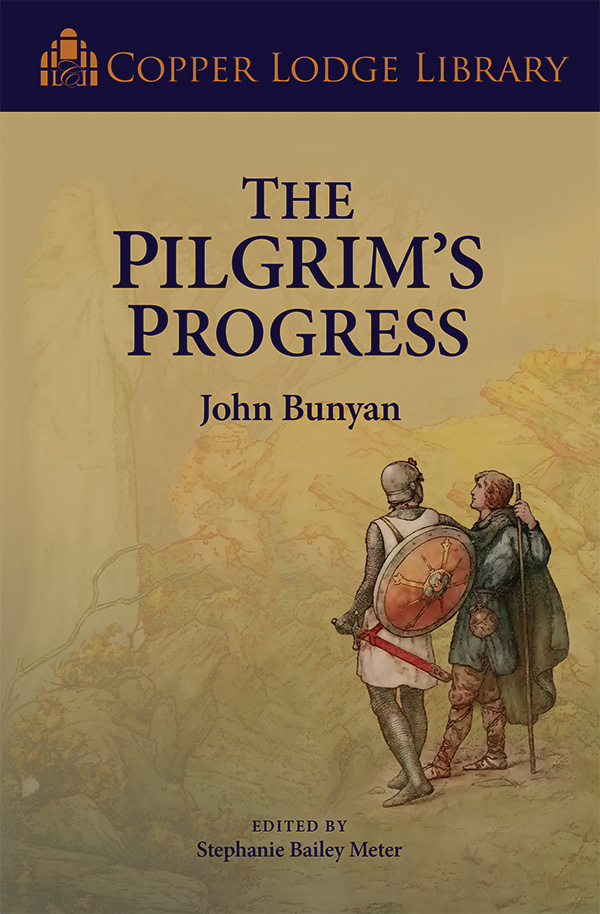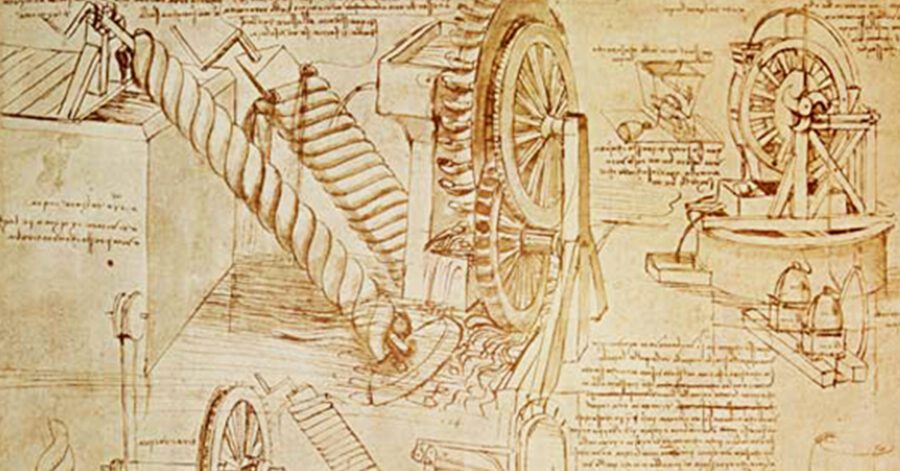If you’re anything like me, you want more from your high schooler’s British Literature curriculum than just checking off a list of classic books. You’re looking for books that are rich in literary value, fit for academic writing, and worthy of space on your family’s bookshelf.
It can feel overwhelming trying to decide what is truly worthwhile literature. You want your student to encounter big ideas and beautiful writing. But you also want to know the books you choose will spark great conversations and help develop solid exposition skills. That’s exactly why I love the British Literature Exposition strand in Challenge II. It’s thoughtfully designed to help students read widely, write clearly, and think deeply.
Now, with the new Copper Lodge Library editions, you’ll find four of these classics presented in a way that makes them even more accessible and meaningful for your homeschool. Each edition includes thoughtful introductions, helpful annotations, and beautiful extras that enrich the reading experience—and make your home library a place your family will treasure.
Let’s take a look at what makes a strong homeschool British Literature curriculum and how the Challenge II program and Copper Lodge Library can help your student thrive.
What Makes a Strong British Literature Curriculum?
British literature is a cornerstone of high school English studies, allowing students to engage with some of the most profound and influential works ever written. But what defines a strong British literature curriculum?
A well-designed program does more than expose students to classic books—it deepens their understanding of history, language, and the human experience. Here’s what to look for in a curriculum that enriches your student’s academic journey:
1. A Broad Collection of Historical Texts and Genres
A quality British literature curriculum introduces students to works spanning centuries, from Beowulf (written around the 8th century) to Animal Farm (published in 1944). By engaging with diverse genres—epic poetry, gothic novels, dystopian literature, and more—students gain insight into how storytelling evolves alongside historical and social changes. Yet, they also recognize the timeless themes of human nature that persist across generations.
2. A Deep Connection to Western Cultural History
Literature does not exist in isolation—it is interwoven with art, music, philosophy, and historical movements. British literature reflects the intellectual and ethical developments of Western civilization, introducing students to the foundational ideas of democracy, scientific inquiry, and Judeo-Christian virtues. Reading these works allows students to see how literature both shapes and is shaped by the cultural landscape of its time.
3. The Development of Language and Analytical Skills
British literature serves as an excellent model for composition and persuasive writing. As students analyze complex texts, they refine their ability to think critically and articulate their thoughts effectively. Great literature not only tells compelling stories but also presents ideas that demand introspection and discussion. Consider these powerful reflections from British classics:
- “Nothing that we do, is done in vain. I believe, with all my soul, that we shall see triumph.” — Charles Dickens, A Tale of Two Cities
- “Past and present, God’s will prevails. Hence, understanding is always best and a prudent mind.” — Beowulf
- “Fools for the Kingdom of Heaven are wisest, and…the poor man who loves Christ is richer than the greatest man in the world that hates him.” — The Pilgrim’s Progress
British literature in the Challenge II program forms the core of the Exposition strand, where students read broadly, engage in Socratic discussions, and refine persuasive writing. As they study literary terms and analyze classic texts, they also evaluate their own ideas.
This approach equips students with cultural literacy, historical awareness, and language mastery while encouraging thoughtful reflection on enduring themes of faith, morality, and the human experience.
Uncover Character Studies: What We Learn from Fictional Characters
Copper Lodge Library’s British Literature Collection: New Releases
The British Literature texts used in Challenge II aid students in deepening their exposition and composition skills. The Exposition strand includes sixteen works of British literature. Copper Lodge Library (CLL), a book series that preserves timeless stories from the past to help families cultivate virtues today, has carefully arranged editions of several classic British books featuring high-quality materials and rich contextual insights.
Alice’s Adventures in Wonderland by Lewis Carroll
Lewis Carroll’s beloved novel follows seven-year-old Alice as she falls through a rabbit hole into the whimsical world of Wonderland. In this dreamlike realm, she encounters peculiar creatures, including the White Rabbit, the grinning Cheshire Cat, and the Queen of Hearts.
A masterpiece of both literary nonsense and profound logic, the novel’s playful wordplay and imaginative storytelling have captivated readers of all ages for generations.
Copper Lodge Library Edition Features:
- Includes original color illustrations.
- Features handwritten manuscript pages from Lewis Carroll himself.
- Highlights the mathematical riddles Carroll embedded in the text.
The introduction to Alice’s Adventures contains historical context, reading tips, and symbolism, but the shining star of the section has to be the math connections. The introduction holds a magnifying glass over some key moments of mathematical magic and breaks them down in a way that will bring a whole new level of appreciation to what Carroll was doing.
This Copper Lodge edition also contains Carroll’s original, handwritten layout of the poem “The Mouse’s Tale” and the first chapter of Alice’s Adventures. As an appendix, we’ve included the poem and page one of Chapter 1 to bring readers even closer to Carroll’s delightful story.
Jane Eyre by Charlotte Brontë
This groundbreaking novel, written in 1847, follows the emotional and moral development of its fiercely independent heroine. Orphaned as a child, Jane becomes a governess at Thornfield Hall. There, she falls in love with the brooding and enigmatic Mr. Rochester, but their romance is threatened by dark secrets lurking within Thornfield’s walls. A novel of self-discovery, resilience, and love, Jane Eyre explores themes of morality, personal freedom, and noble choices.
Copper Lodge Library Edition Features:
- Gothic literature and explores Brontë’s subversion of literary tropes.
- Classic color illustrations.
- Charlotte Brontë’s original preface to the novel.
The CLL introduction dives into Brontë’s story and connects to why the book originally had a subtitle called Jane Eyre: An Autobiography. This edition also included Charlotte Brontë’s preface to the story. As she first felt compelled to publish under a pseudonym, it seems right to give her voice as much “air time” as possible now.
The Pilgrim’s Progress by John Bunyan
One of the most influential Christian allegories ever written, this story is told as a dream. The story follows Christian, an everyman figure, on his perilous journey from the City of Destruction to the Celestial City. Along the way, he faces many trials that test his faith and many helper who encourage him on the journey.
Rooted in Bunyan’s own experiences, this novel offers readers vivid symbolism and a compelling reflection on the Christian life and its struggles.
Copper Lodge Library Edition Features:
- Character sketches to help readers keep track of allegorical figures.
- Helpful page headers summarizing the action.
Since Christian does meet a number of characters along his journey, the introduction includes brief bios for many of them, complete with caricatures. Headers provide a preview or review of the story, making it easier to follow and remember. The message of Bunyan’s story is timeless and is as applicable for today as it was when first written.
A Tale of Two Cities by Charles Dickens
A Tale of Two Cities is a sweeping historical novel set against the backdrop of the French Revolution. The story follows the lives of a French aristocrat and a dissolute English lawyer seeking redemption. Their fates intertwine with the devoted daughter of a former prisoner of the Bastille. As revolution grips France, the characters are drawn into a world of injustice, vengeance, familial love, friendship, and sacrifice.
Copper Lodge Library Edition Features:
- Historical context on why Dickens set the novel during the Reign of Terror.
- Key themes and motifs, encouraging an engaging, analytical reading experience.
Probably more than the other Copper Lodge Library books mentioned here, A Tale of Two Cities relies on historical context. The CLL introduction gives readers insight into Dickens’s motivations and presents the Reign of Terror in a way that’s comprehensive enough to be helpful without being overwhelming.
In a book brimming with foreshadowing, sometimes symbolism can fly under the radar on a first reading. While avoiding spoilers, the introduction points out some themes and motifs that readers might like to pay special attention to. The list isn’t exhaustive, but it lends the spirit of a scavenger hunt to A Tale of Two Cities, making it easier and more rewarding to pay attention.
What Makes Copper Lodge Library Editions Unique?
The Importance of An Introduction
I have a confession to make: for most of my life, I was a serial skipper of book introductions. As a younger reader, introductions annoyed me with their spoilers and reliance on a reader’s already knowing and caring about the story.
So, what is the purpose of an introduction, anyway? An introduction gives the reader context about the story’s or text’s main points to prepare the reader. The introductions of CLL books are meant to introduce a reader to a story’s context, characters, and themes; and contain an amount of information that is hospitable rather than overwhelming.
Another helpful part of a book is the annotations. Annotations are additional notes or comments that clarify or add meaning to the story or text. However, I found annotations (particularly endnotes) in many books distracting, long-winded, and disruptive of the story’s flow.
The CLL annotations err on the side of giving the reader the benefit of the doubt. Not every little thing is defined. The annotations are placed at the bottom of the page rather than at the end of a chapter or whole work. They also include word pronunciations, which are especially helpful for those of us who may have only seen a word in print and never heard it said aloud.
Carefully Curated Content (How does Copper Lodge ensure high quality?)
Another positive thing about building your Copper Lodge Library is that the books were created with families like yours in mind. The front matter (forewords and introductions) comes from a Christ-centered worldview and aligns with Five Common Topic thinking.
Forewords feel personal—like the foreword author is sharing her experience of the book with you over coffee—and welcome readers into the stories. The introductions equip readers to understand and enjoy the book, including short sections on historical context, reading tips, and themes and symbolism to watch for in the particular novel.
Go Behind the Scenes of the Copper Lodge Library
The Best of British Literature in Your Home Library
British literature offers more than just good stories. It invites students into a thoughtful conversation with history, culture, and timeless ideas. A strong curriculum doesn’t just build reading skills; it helps students wrestle with big questions and express themselves with clarity and conviction.
That’s exactly what students experience in Challenge II, where British classics become the foundation for deeper thinking and stronger writing. And for families using these books at home, the new Copper Lodge Library editions add a thoughtful touch—pairing the original texts with just enough background and guidance to make the reading experience richer.
If you’re gathering titles for your homeschool library, these editions are worth a look. They’re beautiful on the outside, yes—but even more meaningful for the conversations they’ll spark in your home.

